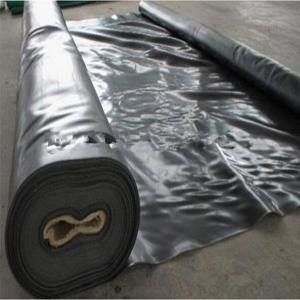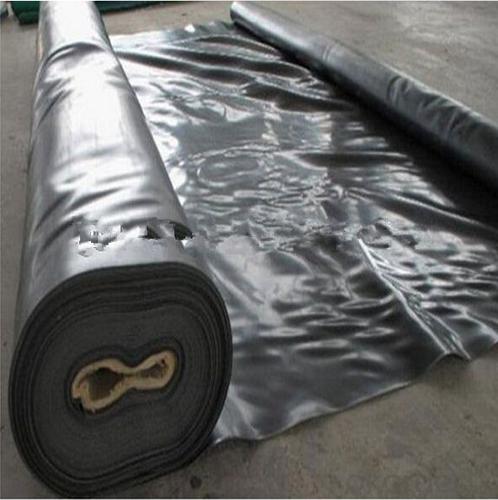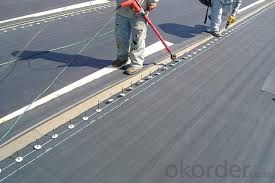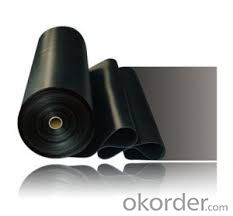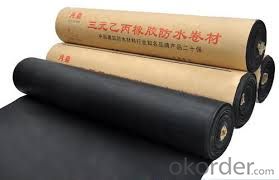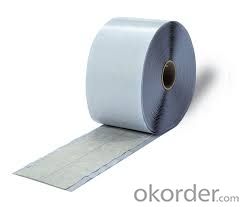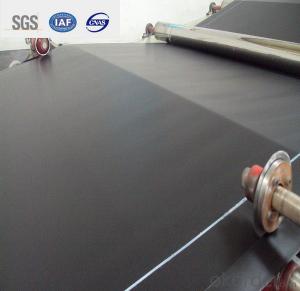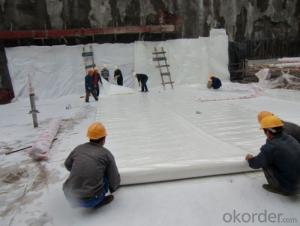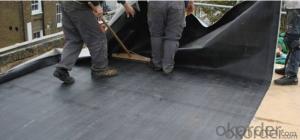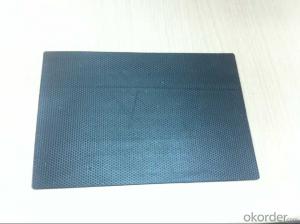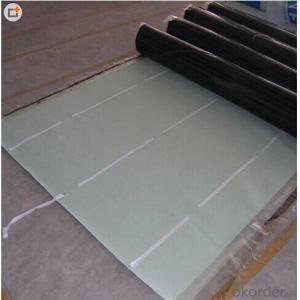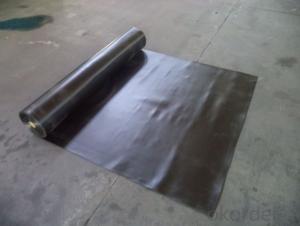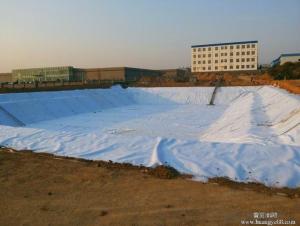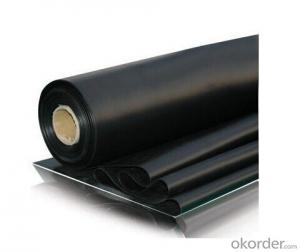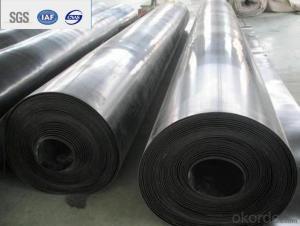1.0mm 1.5mm 1.8mm 2.0mm EPDM Waterproof Membrane For Your Reference
- Loading Port:
- Shanghai
- Payment Terms:
- TT OR LC
- Min Order Qty:
- 1000 m²
- Supply Capability:
- 200000 m²/month
OKorder Service Pledge
OKorder Financial Service
You Might Also Like
Product description
EPDM is a world-recognised popular waterproofing material in the recent thirty years. Hongyuan adopts the world−advanced equipment of cold feeding extrusion and continuous vulcanization technology. With the best performance among high polymer waterproof materials, EPDM is of exceptional elasticity and will not split or crack under normal building movement.
Application Scope
Waterproofing, anti-seepage and moisture proof of side walls of basements, baseboards, head plates and roofs.
Advantagee
1.Excellent anti aging performance ,service life up to 50 years.
2.High extension rate,high tensile strength ,small size changes at heat treatment.
3.Good plant roots penetrability resistance and can be made waterproofing layer of planting roof.
4.Special modified molecular structure ,effectively resolving the current domestic and foreign glue joint problem.
5.Good low temperature flexibility ,and good performance of adapting to ambient temperature changes.
6.Convenient application ,solid joint ,no environment pollution.
7.Chemical corrosion resistance ,can be used for special occasions.
8.Good anti-perforated.
Storage:
Different types or specifications of products should be separated, not mixed.
Keep it dry and ventilated, protected from the sun or rain.
Storage temperature should never be higher than 45 °C. Pile up the membranes flatwise whose stockpile height never exceeds five layers. One layer is guaranteed if it is placed vertically.
Prevent it from inclination or In the process of transportation, it should be lying in case of inclination or lateral pressure. If necessary, cover it with felt-cloth.
Storage time is at least one year from manufacture date on if the product is under normal operation of storage.
Technical Parameters
Item | Index | ||||||
1 | Thickness of resin layer of the middle fabric ,mm≥ | - | - | 0.40 | 0.40 | 0.40 | |
2 | Tensile performance | Max tensile strength,N/cm ≥ | - | 120 | 250 | - | 120 |
Tensile strength,NPa ≥ | 10 | - | -10 | - | - | ||
Max elongation% ≥ | - | - | 15 | - | - | ||
Breaking elongation % ≥ | 200 | 150 | - | 200 | 100 | ||
3 | Heat treatment size change rate%≤ | 2.0 | 1.0 | 0.5 | 0.1 | 0.1 | |
4 | Cold bonding | -25°c No cracks | |||||
5 | Watertightness | 0.3mPa,2h waterproof | |||||
product show
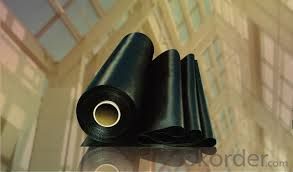
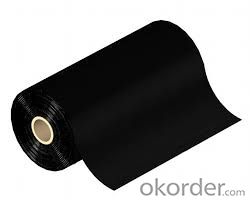
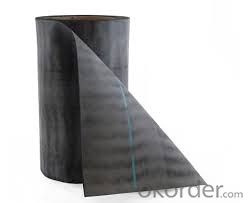
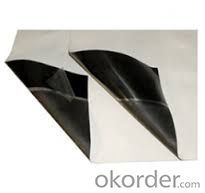
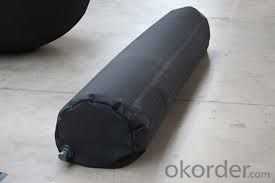
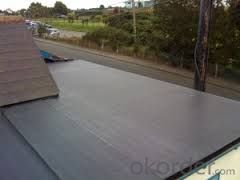
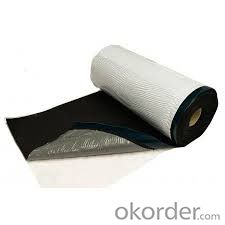

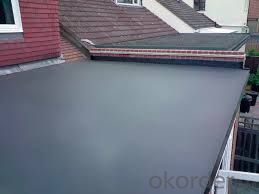
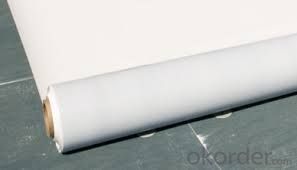
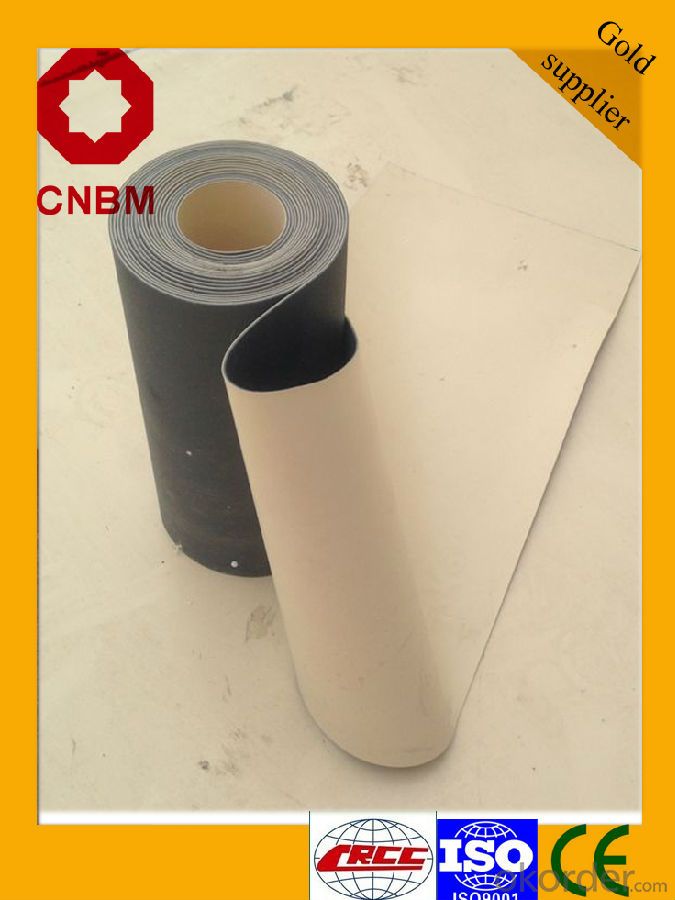

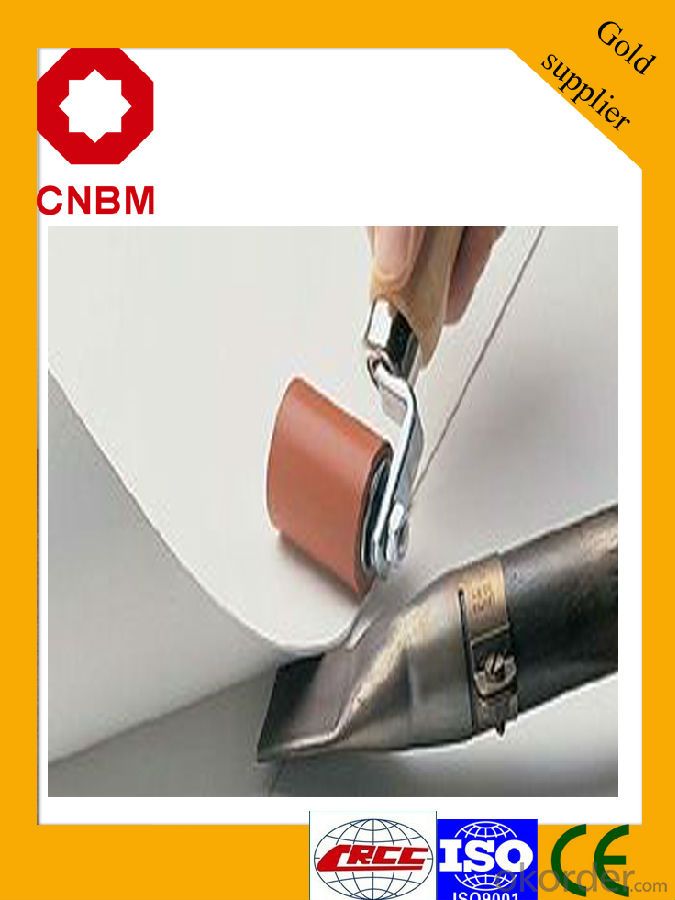
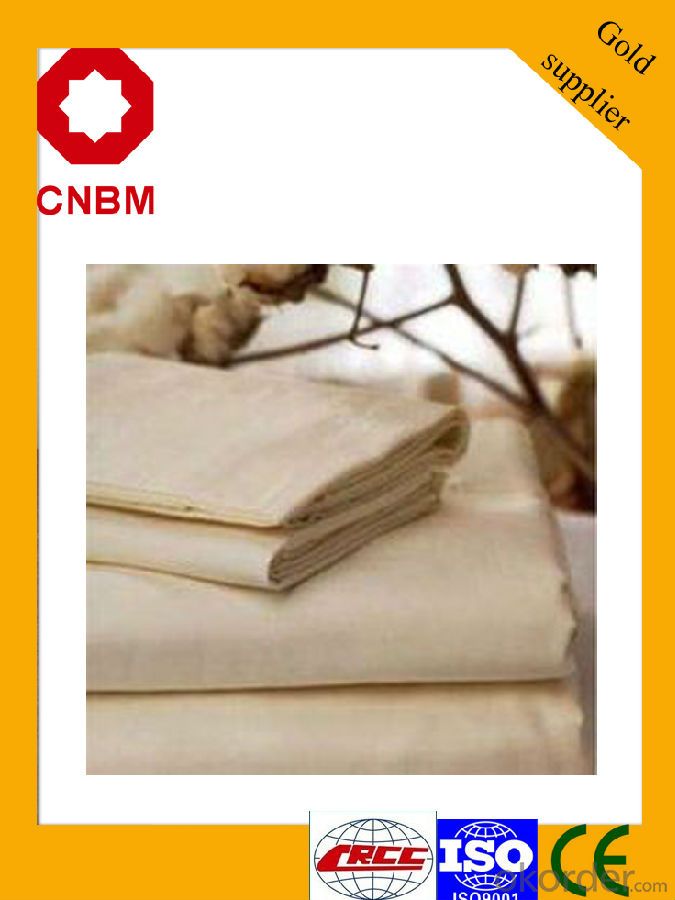
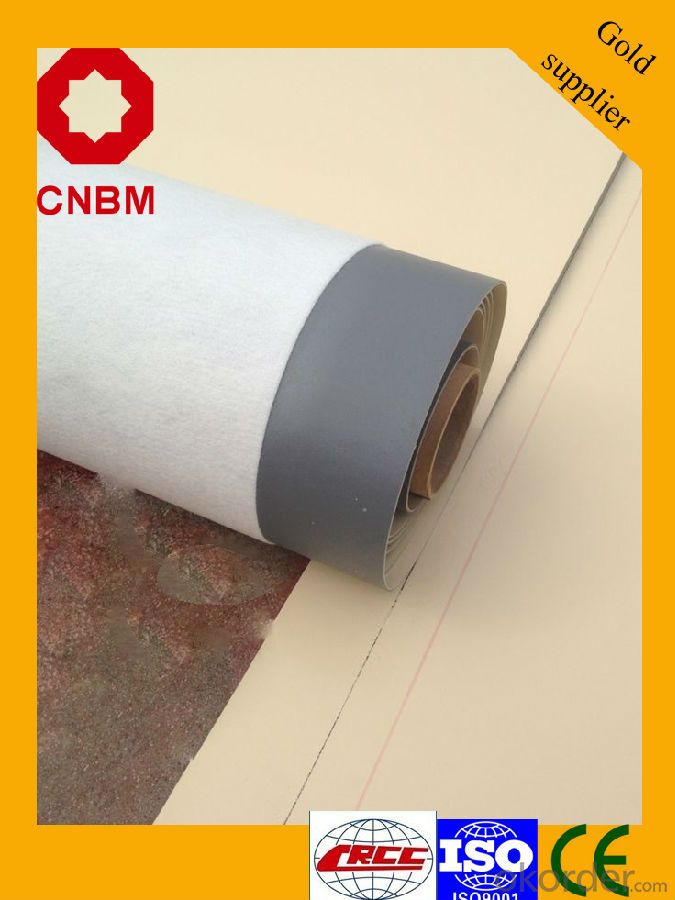
FAQ
Q: What's the de6abf1fe186f8d58506cbcfe46eed814d.jpglivery time ?
A: 3-5 days for 1-600 rolls, 10-15 days for container.
Q: What's the payment terms ?
A: TT/LC
Q: How do you make replacement with quality problems ?
A: New replacement will be packed into your next order or send to you directly after receive video or photo about quality problems.
- Q: Can a waterproofing membrane be used in permanent or long-term structures?
- Certainly, permanent or long-term structures can indeed make use of a waterproofing membrane. By creating a protective barrier against water infiltration, waterproofing membranes are perfectly suited for structures requiring extended safeguarding against moisture, such as buildings, bridges, tunnels, and underground constructions. These membranes are typically crafted from resilient materials like modified bitumen, PVC, EPDM, or polyurethane, which boast exceptional resistance to water, UV rays, and other environmental elements. A properly installed waterproofing membrane can significantly prolong the lifespan of a structure by thwarting water damage, mold growth, and structural decay. It is therefore highly advisable to utilize a waterproofing membrane in permanent or long-term structures to ensure their robustness and longevity.
- Q: Can a waterproofing membrane be used on precast plastic surfaces?
- Yes, a waterproofing membrane can be used on precast plastic surfaces. Waterproofing membranes are designed to create a barrier against moisture and can be applied to a variety of surfaces, including concrete, metal, and plastic. When properly installed, a waterproofing membrane can provide protection against water infiltration, ensuring the longevity and durability of the precast plastic surface. It is important to choose a waterproofing membrane that is compatible with plastic and follow the manufacturer's instructions for application to ensure proper adhesion and effectiveness.
- Q: Can a waterproofing membrane be used for a parking garage deck?
- Indeed, a parking garage deck can benefit from the use of a waterproofing membrane. Its purpose is to safeguard the underlying structure by creating a barrier against water infiltration. Given the exposure of parking garage decks to various weather conditions and potential vehicle-related leaks, it is imperative to employ a waterproofing membrane to shield the concrete slab and prevent moisture-related problems such as cracking, corrosion, and deterioration. By implementing a waterproofing membrane on the parking garage deck, a protective layer is established, effectively blocking water from permeating the concrete. This membrane can be applied in the form of a liquid coating, sheet membrane, or a combination thereof. The selection of the appropriate membrane depends on factors including the desired level of protection, traffic load, and project-specific requirements. Moreover, a waterproofing membrane for a parking garage deck offers additional advantageous properties aside from water resistance. Some membranes are engineered to withstand chemicals and oil, which is vital considering the potential exposure to vehicles. Additionally, they provide an extra layer of defense against freeze-thaw cycles that may inflict harm upon the concrete structure. It is crucial to note that the installation of a waterproofing membrane for a parking garage deck should be carried out by experienced professionals who adhere to the manufacturer's guidelines and industry standards. Proper surface preparation, including thorough cleaning and repair of any cracks or defects, is imperative to ensure the long-term effectiveness of the membrane. In conclusion, a waterproofing membrane proves to be an effective solution for safeguarding a parking garage deck against water damage. It serves to prevent water infiltration, safeguard the concrete from deterioration, and enhance the overall durability and lifespan of the structure.
- Q: Can a waterproofing membrane improve energy efficiency?
- Yes, a waterproofing membrane can improve energy efficiency. By preventing water infiltration and moisture buildup, it helps to maintain the integrity of the building envelope, reducing the risk of air leaks and heat loss. This can result in improved insulation performance, reduced energy consumption for heating or cooling, and ultimately contribute to overall energy efficiency.
- Q: Does a waterproofing membrane require any protective coatings or sealants?
- No, a waterproofing membrane typically does not require any additional protective coatings or sealants as it is designed to be a standalone barrier against water penetration.
- Q: Can a waterproofing membrane be used on drywall surfaces?
- Indeed, it is possible to utilize a waterproofing membrane on surfaces composed of drywall. Drywall, being a material with porosity, is prone to damage caused by moisture, particularly in areas that are inclined to high levels of humidity or exposure to water, such as bathrooms or basements. The application of a waterproofing membrane on drywall aids in the creation of a protective barrier against moisture, thereby preventing the infiltration of water and potential harm. This membrane can be implemented either as a liquid coating or as a sheet membrane directly applied onto the drywall surface. It is of utmost importance to adhere to the instructions provided by the manufacturer and guarantee a proper installation, as this will result in effective waterproofing and safeguard the drywall from issues associated with moisture, such as the growth of mold, mildew, and rot.
- Q: Can waterproofing membranes be used on stormwater management systems?
- Indeed, stormwater management systems can benefit from the application of waterproofing membranes. These membranes are frequently utilized to safeguard structures against water infiltration and potential water-related harm. In the case of stormwater management systems, which are designed to collect, retain, and efficiently handle rainwater runoff, waterproofing membranes can be employed to establish a completely watertight seal, thereby averting leaks and seepage. Stormwater management systems often incorporate various components, such as retention ponds, infiltration basins, or underground storage systems. These elements must be adequately sealed to ensure the proper containment and effective management of the collected stormwater. When properly installed, waterproofing membranes serve as an impermeable barrier, effectively preventing water from escaping or infiltrating the system. The utilization of waterproofing membranes on stormwater management systems offers numerous advantages. Firstly, it helps to maintain the system's integrity and functionality by preventing leaks or seepage that could compromise its performance. This ensures that the stormwater is efficiently captured and managed, minimizing the risk of flooding or erosion. Furthermore, waterproofing membranes can significantly prolong the lifespan of stormwater management systems by safeguarding them against water damage. Water infiltration can lead to structural degradation, corrosion, or the proliferation of mold and mildew, all of which weaken the system over time. By establishing a waterproof barrier, these membranes contribute to the preservation of the structural integrity of the components, thus increasing their longevity and reducing maintenance requirements. Moreover, the use of waterproofing membranes on stormwater management systems also contributes to environmental sustainability. By effectively containing and managing stormwater runoff, these systems aid in reducing water pollution and enhancing the quality of natural water bodies. Waterproofing membranes play a vital role in preventing stormwater from carrying pollutants, such as chemicals or sediment, into rivers, lakes, or oceans. In conclusion, waterproofing membranes can be effectively utilized on stormwater management systems to establish a watertight seal, prevent leaks, and protect the components from water damage. By providing an impermeable barrier, these membranes help to maintain the system's functionality and integrity, prolong its lifespan, and contribute to environmental sustainability by reducing water pollution.
- Q: Can a waterproofing membrane be used on precast galvanized surfaces?
- Yes, a waterproofing membrane can be used on precast galvanized surfaces. The membrane will provide an additional layer of protection against water penetration and help to prevent corrosion on the galvanized surface.
- Q: Can a waterproofing membrane be used for a water tank?
- Yes, a waterproofing membrane can be used for a water tank. Waterproofing membranes are designed to create a barrier against water penetration, making them suitable for use in water tanks to prevent leakage and ensure the integrity of the tank.
- Q: Are there any special tools required for installing a waterproofing membrane?
- Yes, there are several special tools required for installing a waterproofing membrane. These tools may vary depending on the specific type of membrane being installed, but some common tools include a trowel or brush for applying the membrane, a utility knife for cutting the membrane to size, a roller for ensuring proper adhesion, and a heat gun for activating any adhesive properties of the membrane. Additionally, other tools such as a measuring tape, level, and caulking gun may be necessary for proper installation. It is important to consult the manufacturer's instructions and recommendations to ensure that the correct tools are used for the specific membrane being installed.
Send your message to us
1.0mm 1.5mm 1.8mm 2.0mm EPDM Waterproof Membrane For Your Reference
- Loading Port:
- Shanghai
- Payment Terms:
- TT OR LC
- Min Order Qty:
- 1000 m²
- Supply Capability:
- 200000 m²/month
OKorder Service Pledge
OKorder Financial Service
Similar products
Hot products
Hot Searches
Related keywords
